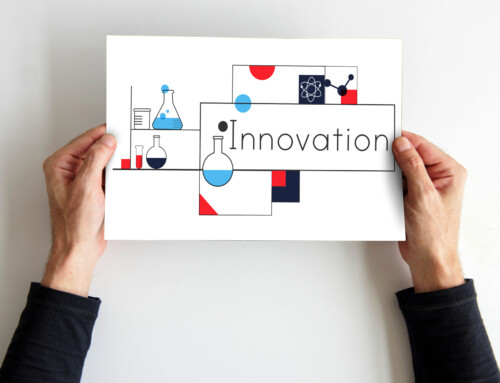Not too long ago, I was working with an investment advisor who needed bond reference data. Her firm had recently brought on a bunch of new data scientists (a.k.a. quants in capital markets), and they were struggling to get their existing data engineering team in sync with their new colleagues.
A common challenge for organizations of all sizes is getting their data team members on the same page. Collaboration between data engineers and data scientists is often strained by misaligned priorities. Engineers focus on scalability, governance, and cost control, while scientists prioritize flexibility and rapid experimentation. Bridging this gap requires structured processes that clarify ownership, expectations, and data flow — not just better communication tools.
So let’s look at some strategies to improve collaboration and communication between data engineers and scientists…
Define clear interfaces for data delivery.
Instead of informal requests or shared folders, establish formal data contracts. A contract specifies schema, refresh cadence, and quality thresholds. For example, a contract might guarantee that a feature table updates daily with less than 1% null values. Engineers can automate validation, and scientists gain predictable input quality. This reduces “data drift” disputes and rework.
Implement shared development environments.
Deploy cost-aware sandboxes where scientists can test queries or models without affecting production. Use infrastructure-as-code templates (for example, Terraform or dbt environments) so engineers can replicate or audit experiments easily. This setup balances flexibility and control while preventing resource waste on cloud compute.
Adopt versioned data workflows.
Just as software engineers use Git, data teams should treat data transformations and models as code. Tools like DVC or LakeFS can track lineage and enable rollback when experiments fail. Version control brings transparency, allowing engineers and scientists to review each other’s changes, enforce code standards, and ensure reproducibility.
Use cross-functional design reviews.
Before new pipelines or model deployments, run lightweight review sessions involving both roles. Engineers verify scalability and data governance. Scientists confirm that feature definitions and metrics align with analytical goals. These 30-minute checkpoints prevent later reengineering and encourage shared ownership of results.
Monitor joint KPIs for collaboration.
Measure not only system performance but also process efficiency. Track metrics such as data freshness SLA adherence, model retraining latency, and incident resolution time. Shared KPIs motivate both roles to view success as a team outcome rather than a departmental one.
The Takeaway.
Strong collaboration is not about endless meetings or vague “alignment.” It comes from well-defined interfaces, reproducible workflows, and shared accountability. When engineers and scientists co-own data quality, experiment velocity, and cost efficiency, they turn technical cooperation into a business advantage — transforming data work from siloed tasks into a continuous value cycle.
What about you? How do you encourage collaboration between data engineers and data scientists? Are there any tools or tips you’d recommend? Please comment – I’d love to hear your thoughts.
Also, please connect with DIH on LinkedIn.
Thanks,
Tom Myers



